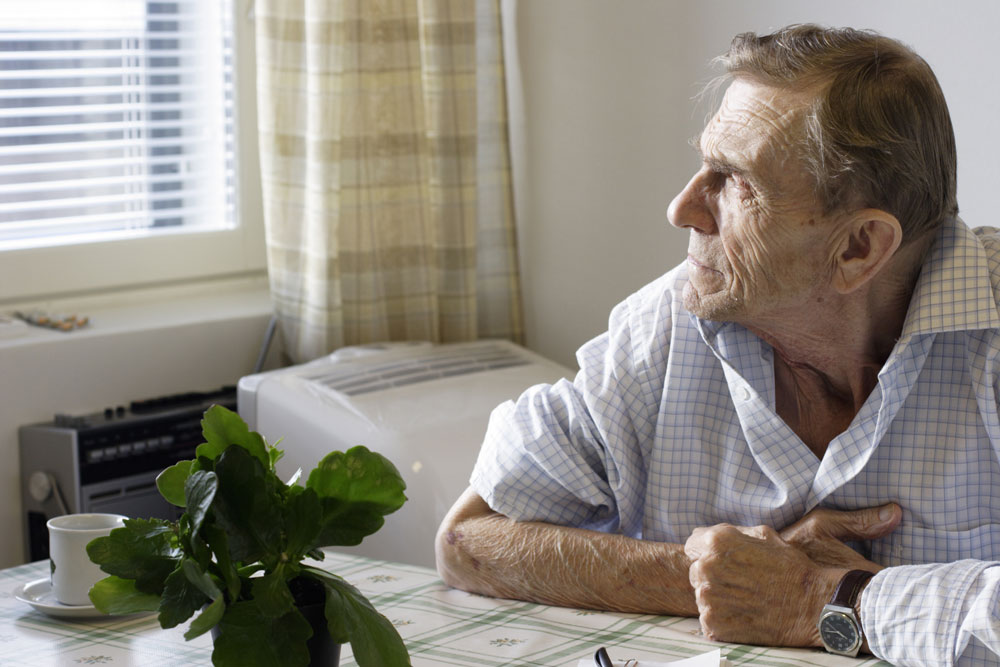The importance of clear routines at the nursing home: Making it "Easy to do right"
This article is written from Swedish conditions. Hopefully, it can inspire interested parties from other countries.
Do your routines match how you work or are they just gathering dust? Establishing and communicating clear routines is crucial for creating a safe and efficient working environment in the elderly care home. By making it "easy to do right", staff can feel more secure in their role and minimize the risk of mistakes or oversights that can negatively affect the quality of care.
 Foto: Mostphotos
Foto: MostphotosThe Importance of Clear Routines in Elderly Care: Making it "Easy to Do Right"
There is often not just one way to do things right. Almost always there are a multitude of ways to solve the same task, ways that can all be equally good. Finding a common method for the residence is an important task for management and all staff. If there is no connection between what is stated in the routine and what works in reality, the routine runs the risk of becoming a shelf warmer.
It also becomes difficult to work with quality development if the existing routines do not match how the operation works in practice. It becomes difficult to follow up if a changed work method has improved the quality of the work.
All healthcare operations are obligated to have a management system and to plan, lead, control, follow up, evaluate and improve operations with the support of the management system. The work begins by identifying, describing and determining the processes needed to ensure the quality of the operation. Then the processes need to be reviewed to see which activities are included and in what order they should be carried out.
Establishing and communicating clear routines is crucial for creating a safe and efficient working environment in elderly care. By making it "easy to do right", staff can feel more secure in their role and minimize the risk of mistakes or oversights that could negatively affect the quality of care.
Advantages of clear routines:
Increased Safety and Quality
Reduced risk of mistakes: Clear routines reduce the risk of mistakes and oversights that can lead to accidents or deteriorated care quality. By everyone knowing what is expected of them and how different tasks should be performed, a uniform and secure care environment can be ensured.
Efficient Resource Use
Optimized workflow: Clear routines make it easier for staff to efficiently handle their tasks and minimize unnecessary time consumption. This frees up time and resources that can be used more productively to meet the needs of the elderly and improve the quality of care.
Improved Communication
Uniformity: Clear routines promote an open and clear communication culture in elderly care. By everyone knowing and understanding the routines, misunderstandings can be avoided and it can be ensured that everyone works towards the same goals and standards.
Security and Well-being
Trust and job satisfaction: By providing clear and understandable routines, a safe and comfortable working environment is created where staff feel secure in their role. This can increase motivation and job satisfaction among the staff and thereby contribute to a positive care culture.
By creating routines that make it "easy to do right", the elderly care can promote a safe, efficient and comfortable working environment for its staff while significantly improving the quality of care for the elderly.
Reflection questions - is it easy to do right
Care staff: Do you work as stated in your routines? Do you have any nurse assistants involved in developing the routines on the unit? Are there routines that do not work in practice?
Manager, nurse, occupational therapist and physiotherapist: How do you work with quality development on the unit? Are your routines known by all staff? Do the staff follow the current routines? Which routines are most important to improve at the moment?
Residents and relatives: Do the staff work in a similar way or does it look different depending on who is working? Are there routines that are lacking in the unit?
Erland Olsson
Specialist Nurse
Sofrosyne
Better care every day

Aktuellt i media
- 2025-12-29 04:00 08 Förebyggande o lokaler
-
2025-12-18 04:00
16 Sjukdom och död
Survivor conversations - an important element in working with next of kin
info Bild från Summer Stock
Bild från Summer Stock - 2025-12-15 04:00 17 Psykisk hälsa
- 2025-12-11 04:00 07 Riskhantering
- 2025-12-08 04:00 06 Dokumentation
- 2025-12-03 04:00 06 Dokumentation






